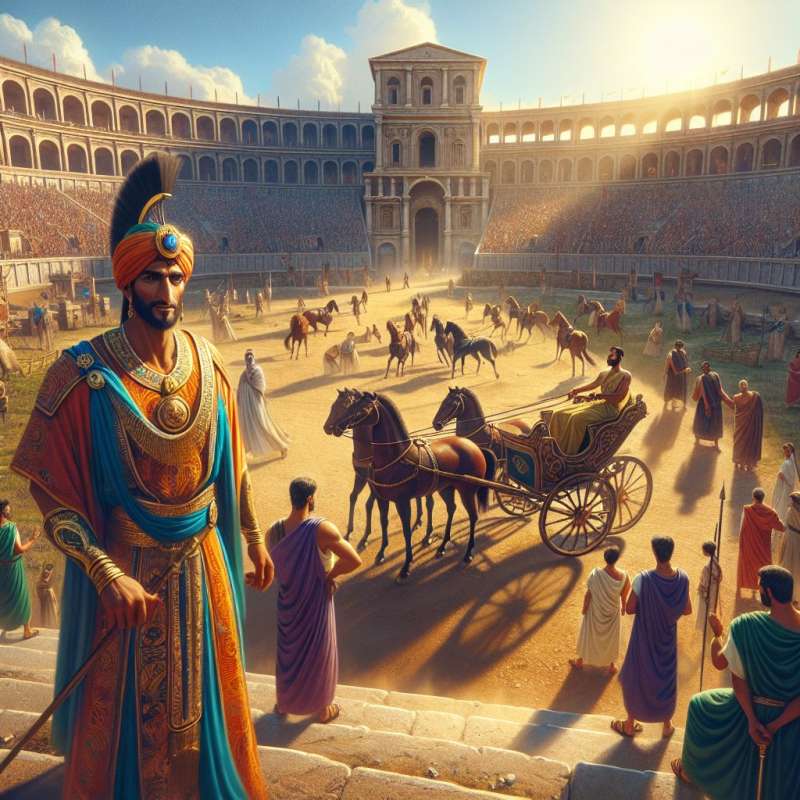
Circus Origins Antiquity
The circus concept dates back to ancient Rome, where the Circus Maximus hosted chariot races, battle reenactments, and wild animal fights for public entertainment, laying the foundation for future circuses.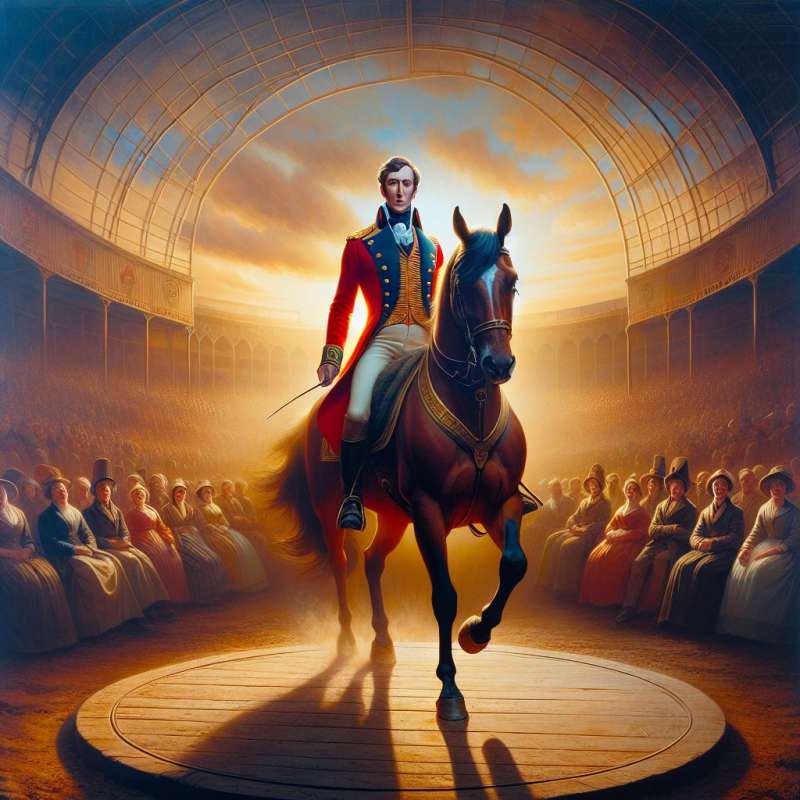
Modern Circus Birth
Philip Astley, a former cavalry sergeant-major turned showman, is credited with creating the first modern circus in 1768. He introduced a circular arena, 'the ring', optimizing acrobat and horse displays.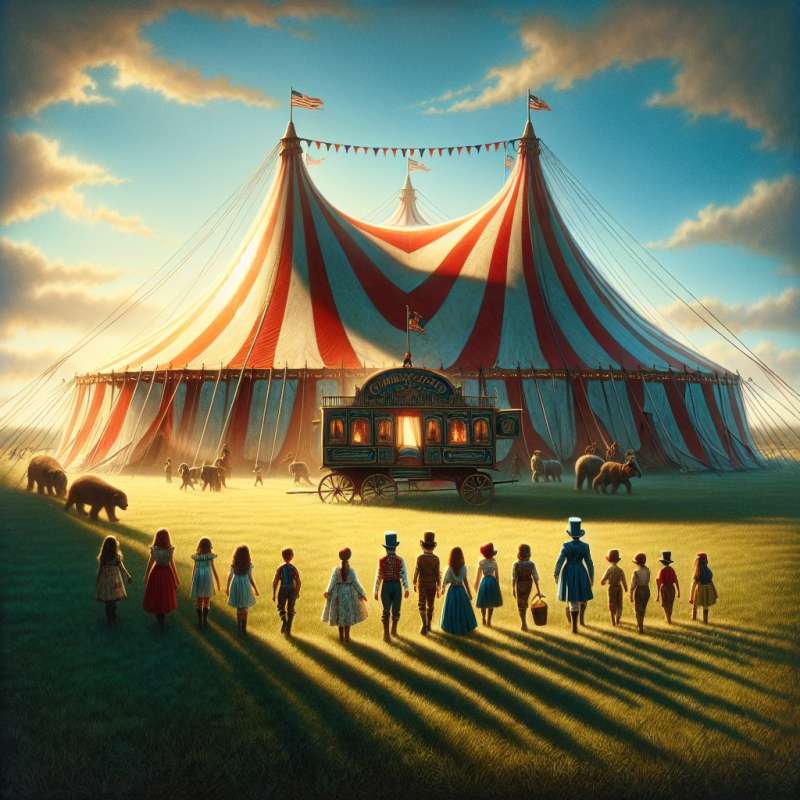
Circus Tents Introduced
The iconic circus tent, or 'big top', was first used in the 19th century. It allowed for itinerant shows, giving circuses the flexibility to travel and reach rural audiences.
Golden Age of Circus
The late 19th and early 20th centuries marked the Golden Age of Circus, with P.T. Barnum and James Bailey’s 'The Greatest Show on Earth' exemplifying the era's grandiosity and spectacle.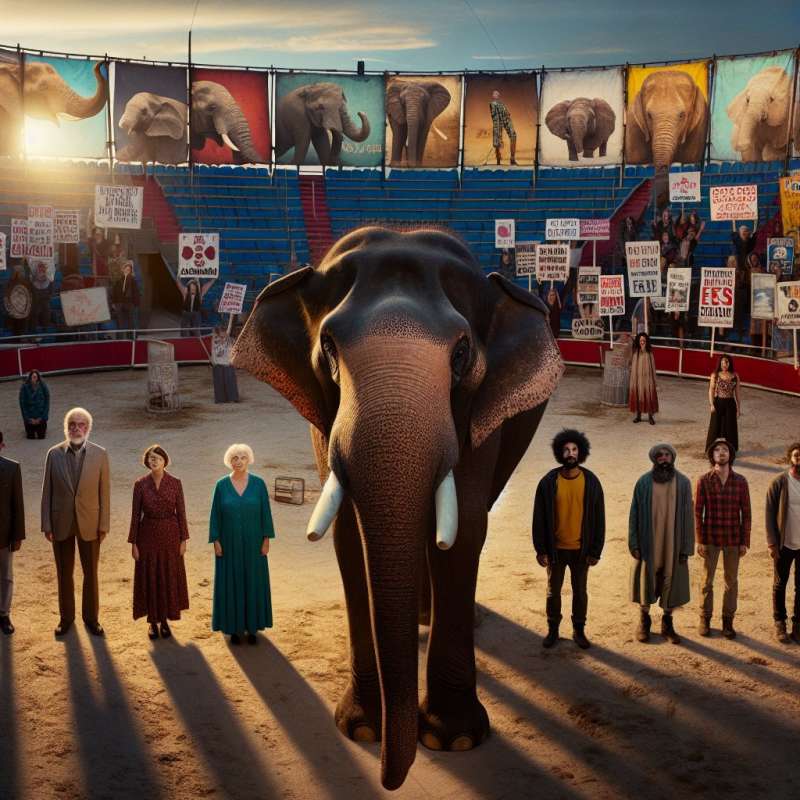
Circus Animals Controversy
By the late 20th century, the use of animals in circuses became highly controversial, leading to animal welfare laws and changing public opinions that pushed many shows to adapt or close.
Contemporary Circus Evolution
Cirque du Soleil revolutionized the modern circus in the 1980s by emphasizing narrative and character, eschewing animal acts, and focusing on human artistry and acrobatics.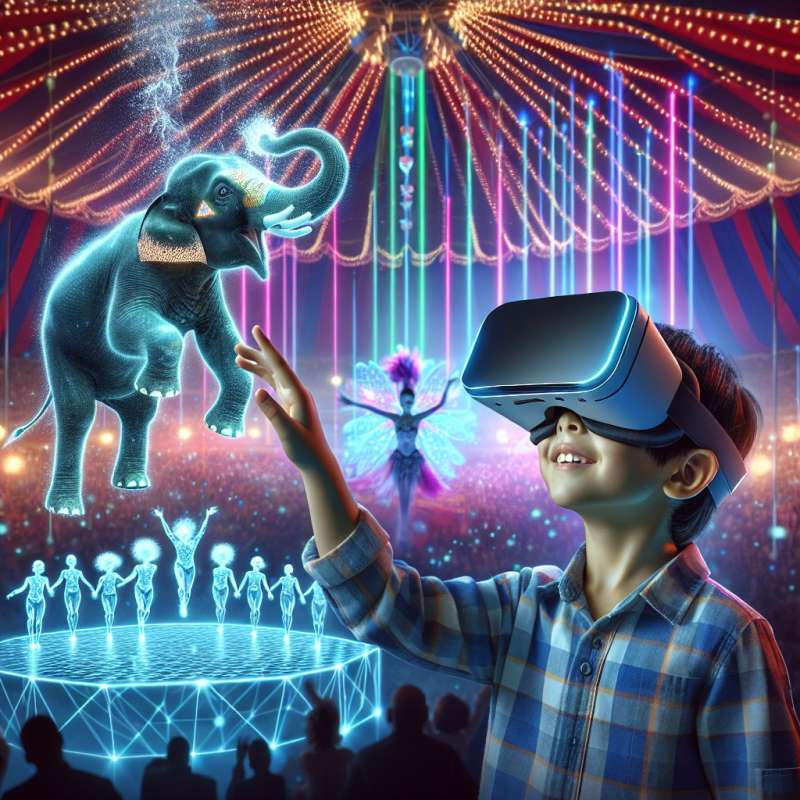
Circus Digital Resurgence
Today, circuses continue to evolve with digital technology, including holographic animals and virtual reality experiences, offering new ways to awe audiences while addressing ethical concerns.
What venue hosted ancient Roman events?
Colosseum for Gladiator fights
Circus Maximus for various shows
Roman Forum for political acts
Company